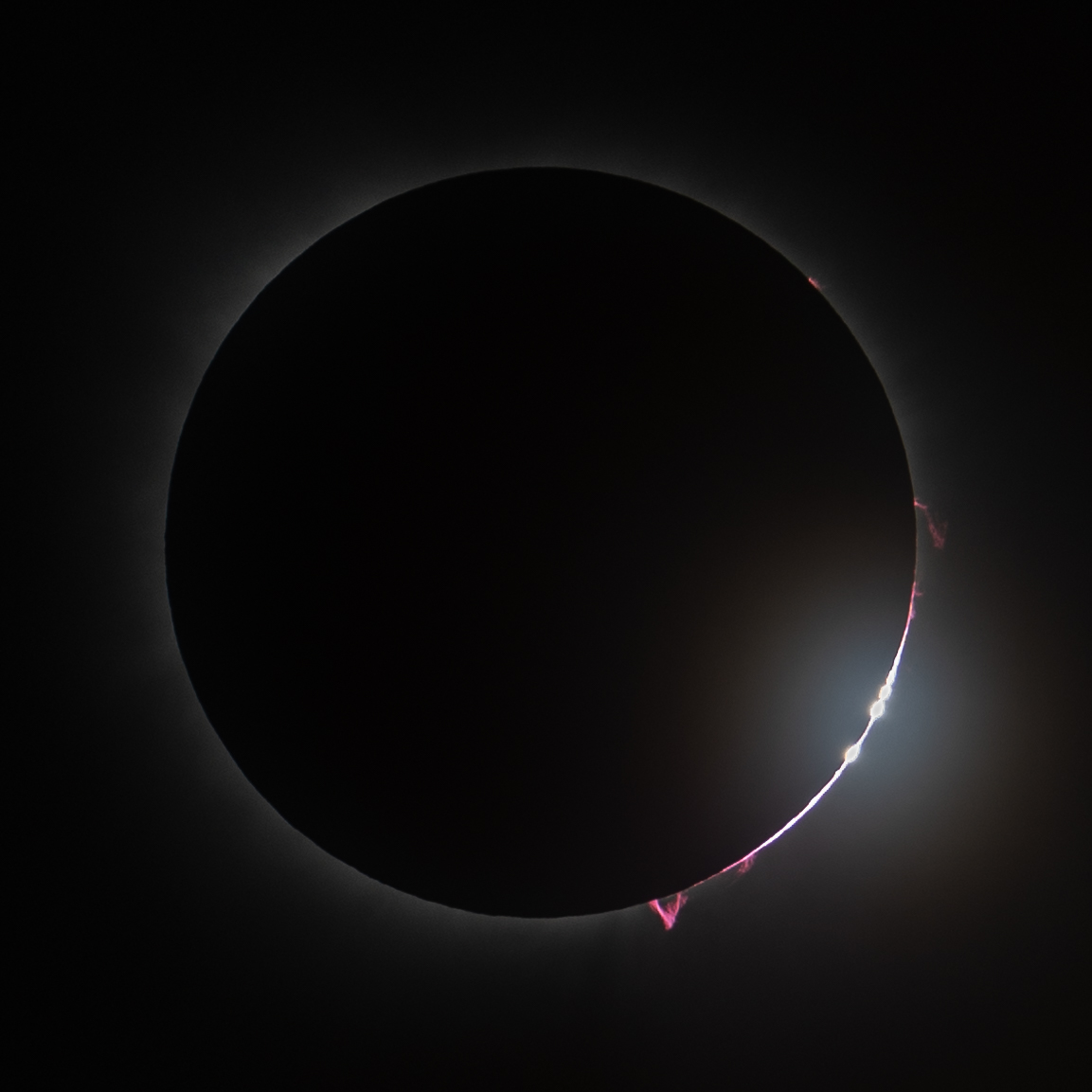this post was submitted on 10 Apr 2024
158 points (98.8% liked)
Space
8769 readers
73 users here now
Share & discuss informative content on: Astrophysics, Cosmology, Space Exploration, Planetary Science and Astrobiology.
Rules
- Be respectful and inclusive.
- No harassment, hate speech, or trolling.
- Engage in constructive discussions.
- Share relevant content.
- Follow guidelines and moderators' instructions.
- Use appropriate language and tone.
- Report violations.
- Foster a continuous learning environment.
Picture of the Day
 The Busy Center of the Lagoon Nebula
The Busy Center of the Lagoon Nebula
Related Communities
🔭 Science
- !astronomy@mander.xyz
- !curiosityrover@lemmy.world
- !earthscience@mander.xyz
- !esa@feddit.nl
- !nasa@lemmy.world
- !perseverancerover@lemmy.world
- !physics@mander.xyz
- !space@beehaw.org
- !space@lemmy.world
🚀 Engineering
🌌 Art and Photography
Other Cool Links
founded 1 year ago
MODERATORS
you are viewing a single comment's thread
view the rest of the comments
view the rest of the comments


The orientation of the sun and moon relative to the horizon actually depend on your latitude. Think of it in the extremes: Teo peoplee standing on the North and South Poles see the sky upside down relative to each other.
That makes sense. However, both of us identified the same city and everyone at this event was in the same hemisphere. So all the same moon orientation, but the approach/departure angles were entirely different across just a narrow band. 100 miles or something.